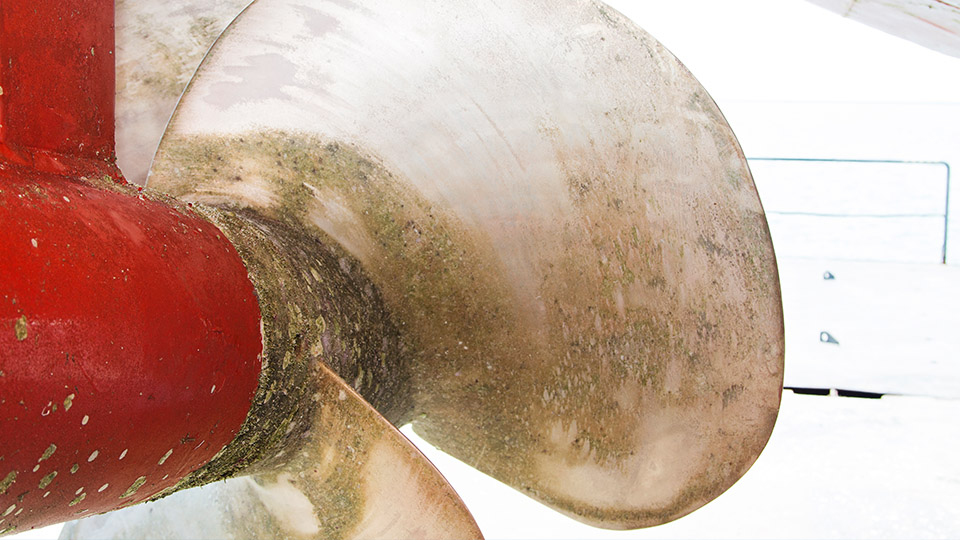
CONTACT BIMCO
Ashok Srinivasan
Manager, Maritime Safety & Security
Singapore, Singapore
- +65 9144 3404
- hsse@bimco.org

The 10th meeting of the IMO Sub-Committee on Pollution Prevention & Response has completed its review of THE 2011 GUIDELINES FOR THE CONTROL AND MANAGEMENT OF SHIPS' BIOFOULING TO MINIMIZE THE TRANSFER OF INVASIVE AQUATIC SPECIES with new guidance to ships on how to best manage biofouling including through performance monitoring, inspection frequencies and in-water cleaning- either proactive or reactive.
The transfer of potential invasive aquatic species (IAS) between marine environments via ships biofouling can cause environmental, economic and social damage including damage to human health and property. In turn, organisms growing on the hull also increase drag and reduce fuel efficiency of the ship by as much as 35%, leading to higher fuel bills and more CO2 emissions. As such, better biofouling management is a classic win-win for both shipping and the environment.
Guidelines for the control and management of ships' biofouling to minimise the transfer of invasive aquatic species (Biofouling Guidelines) (resolution MEPC.207(62)) were adopted by the IMO’s Marine Environment Protection Committee (MEPC) at its 62nd session in 2011 with the intention of providing a globally consistent approach to the management of biofouling. In 2018 MEPC agreed that a review of the Guidelines was required.
This has allowed for advances in management practices such as performance monitoring and in-water cleaning (both proactive and reactive) to be recognised in Guidelines whilst also recognising the objectives of the Convention on Biological Diversity, 1992, and that the Kunming-Montreal Global Biodiversity Framework to eliminate, minimize, reduce and/or mitigate the impacts of invasive alien species on biodiversity and ecosystem services by identifying and managing pathways of the introduction of alien species.
The revised Guidelines were approved by the PPR Sub-Committee at its 10th session although are still subject to approval by the IMO’s Marine Environment Protection Committee in June 2023. The draft guidelines are intended to provide useful recommendations for measures to minimize biofouling for all types of ships and are directed to various stakeholders, including ship owners and ship operators but also ship designers, shipbuilders, anti-fouling paint manufacturers and suppliers, shipmasters, port authorities, ship cleaning and maintenance operators, inspection organizations, ship repair, dry-docking and recycling facilities.
The Guidelines include details on:
We continue to support that hull cleaning can be carried out in a safe and environmentally sustainable way in the future, and that a global standard is essential. The industry standard published in 2020 Industry standard on in-water cleaning with capture (bimco.org) and the accompany approval process puts great emphasis on capturing what is removed from the ship, thereby ensuring that the marine environment is not negatively affected. We maintain that a global standard will create much needed transparency along with economic and environmental benefits for shipowners, ports, port authorities and in-water cleaning companies and will continue to work with stakeholders and the IMO to develop the standard. Any members wishing to learn more about this work are advised to contact the secretariat.
The revised guidelines will be circulated as soon as they are approved by the IMO in June 2023.